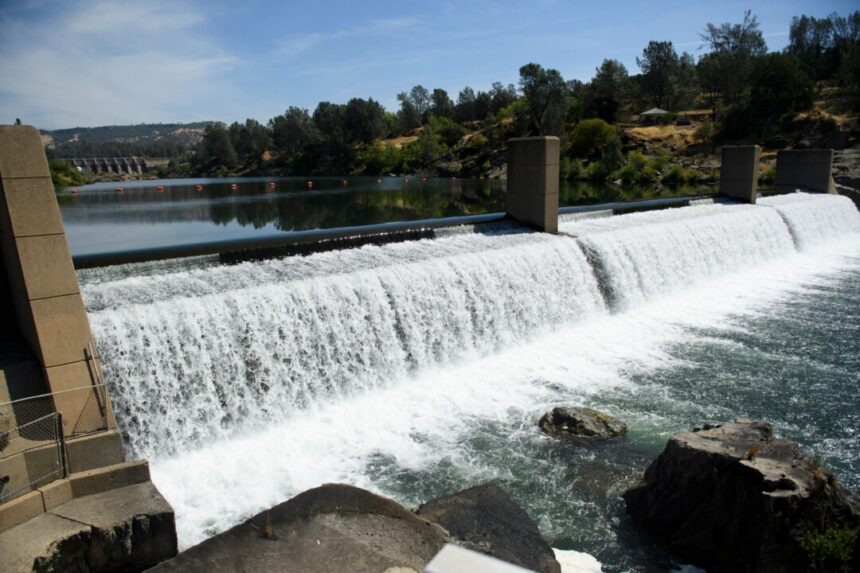The history of dams reflects human ingenuity in harnessing natural energy, but aging infrastructure and unpredictable weather pose challenges for engineers. In 2017, the Oroville Dam in California faced record-breaking rainfall that damaged the emergency spillway, leading to the evacuation of nearly 200,000 people. Despite being the tallest dam in the U.S., the Oroville Dam experienced a failure that shocked the industry.
The dam safety industry conducts potential failure mode analyses to assess risks and inform maintenance decisions. The failure of the Oroville Dam highlighted the need for improved regulation and maintenance in the industry. The St. Francis Dam disaster in 1928 led to the establishment of a state safety inspection agency to oversee dam construction and regulations.
With over 90,000 dams in the U.S., regulation can be complex due to varying authorities and limited resources. The ASDSO emphasizes the need for increased state resources to ensure dam safety. The Biden administration’s Infrastructure Investment and Jobs Act allocated $2 billion for dam improvement projects in 2022.
Environmental organizations advocate for dam removal to restore rivers and ecosystems. Patagonia and American Rivers have campaigned for the dismantling of dams to promote healthy habitats and reduce risks to communities. While some support dam removal, others believe dams serve important purposes in providing energy and water resources.
Despite the push for dam removal, the USSD emphasizes the importance of maintaining safe and valued dams for the communities they serve. Balancing environmental concerns with infrastructure needs remains a complex challenge for the dam industry.
Ensuring Reliable Water Supply and Flood Protection for Communities
To sustain our current way of life, it is crucial to ensure a consistent and safe water supply, as well as protection against flooding for downstream communities.
Instead of advocating for the removal of dams, Hunt suggests a more practical approach by rethinking dam designs with a focus on risk assessment.
The future of designing, constructing, operating, and maintaining these essential systems lies in the hands of the upcoming generation of civil engineers. Their curiosity about civil works infrastructure and its impact on society is key to progress, according to Hunt.
“Dams play a vital role in our society,” she emphasized. “We require innovative civil engineers with fresh perspectives and sharp intellects to tackle the challenges ahead.”





